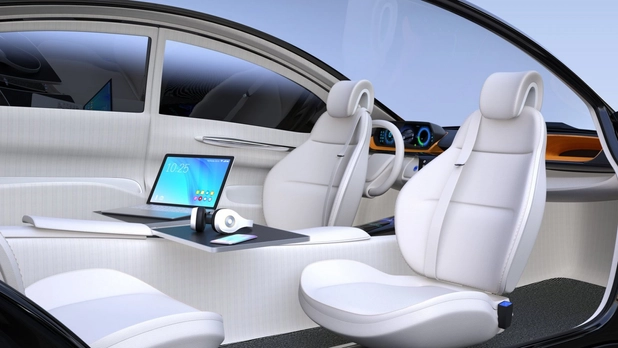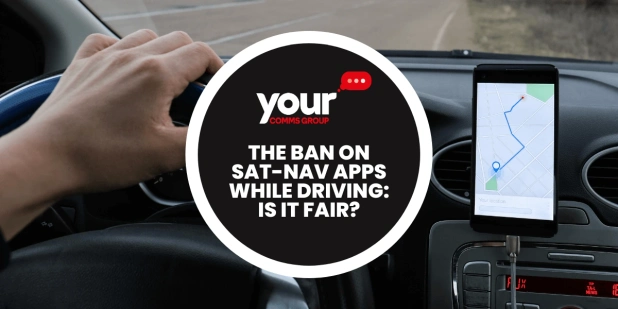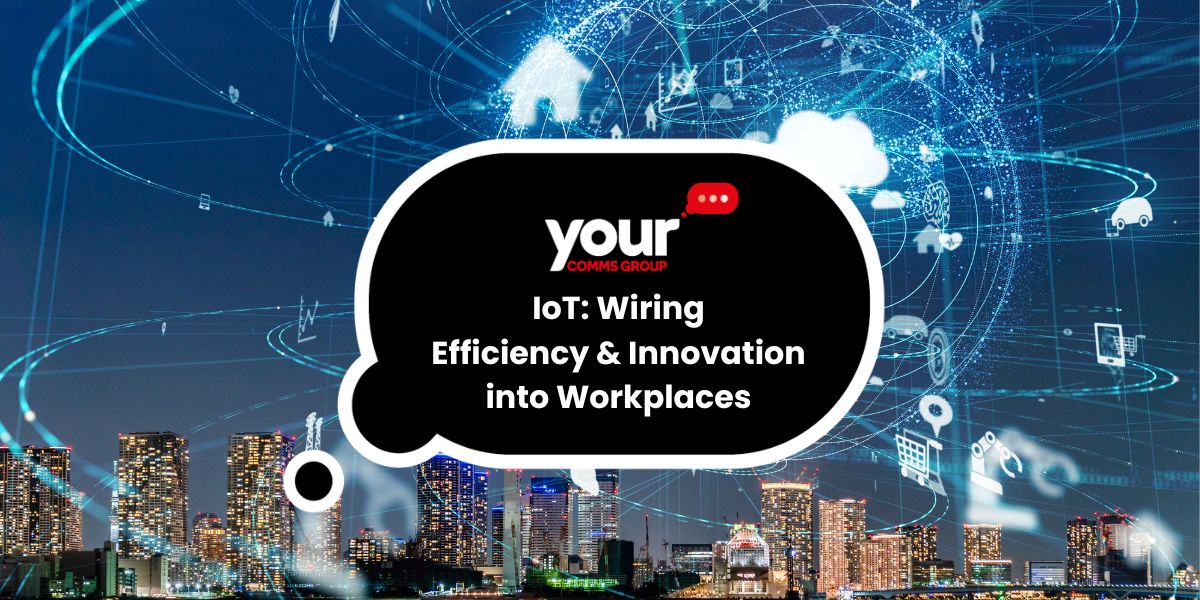The Ban on Sat-Nav Apps While Driving: Is It Fair?
The UK government is considering a new law that restricts the use of mobile phones while driving. Under this law, drivers will no longer be able to...


The UK government is considering a new law that restricts the use of mobile phones while driving. Under this law, drivers will no longer be able to...

Integrating IoT (Internet of Things) technologies into the workplace is a practical and effective strategy for organisations seeking to enhance...

Digital transformation has become a cornerstone of modern business strategies, enabling businesses to adapt to evolving market dynamics, enhance...